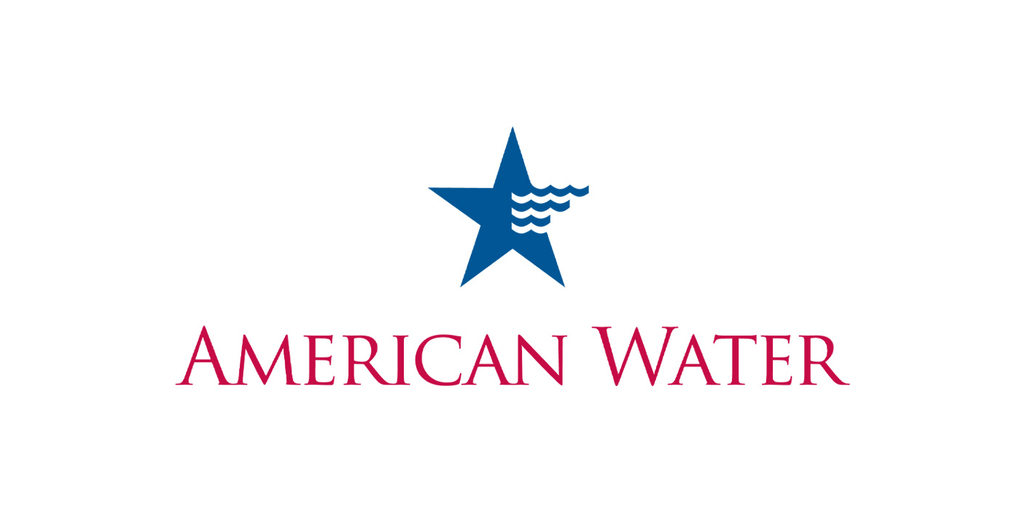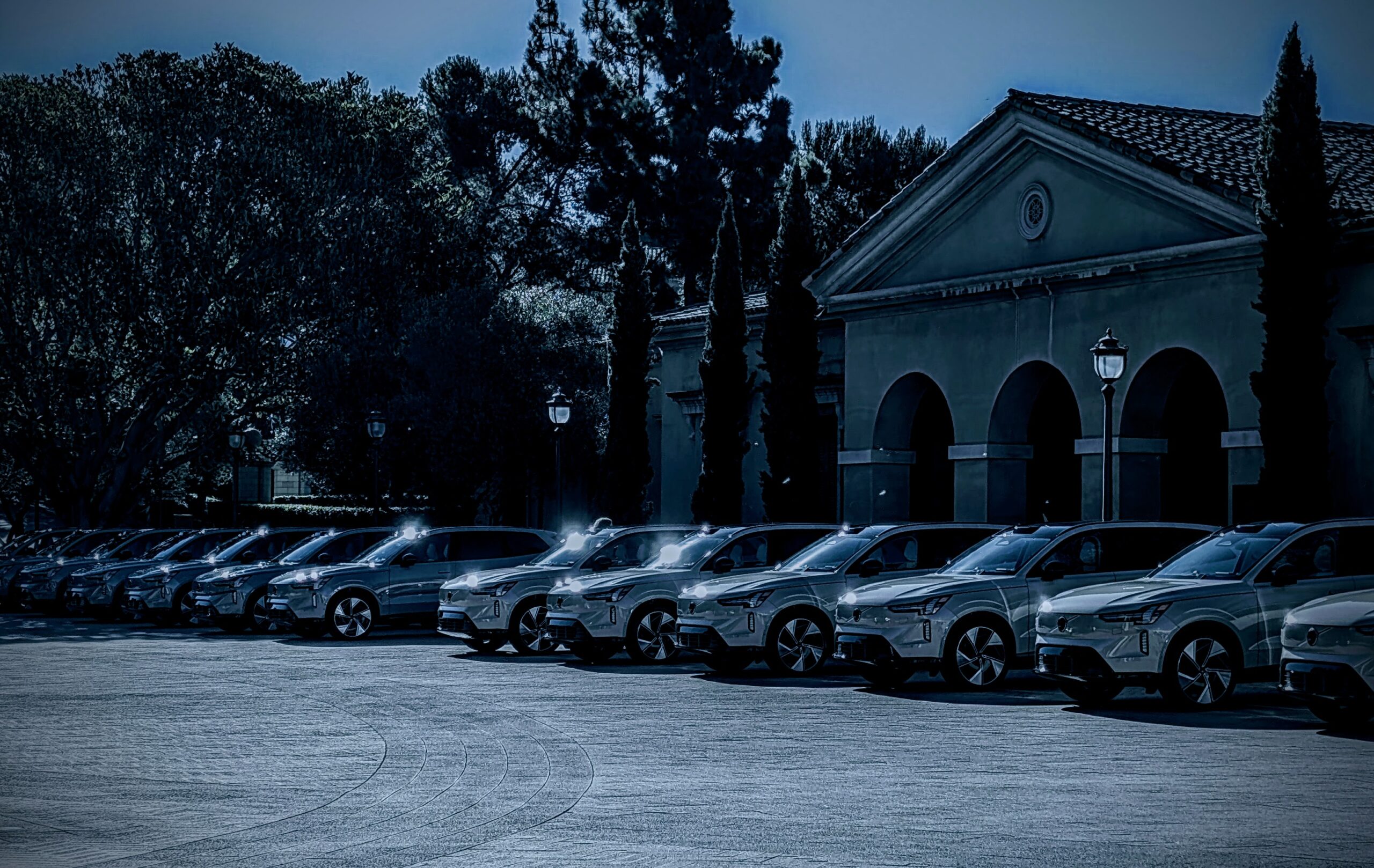Sign up for daily news updates from CleanTechnica on email. Or follow us on Google News!
Federal employees, your days of driving a gas-guzzler to work solo — whether on the highways or across the bi-ways — are soon to become a thing of the past. That’s because the Biden administration is directing all federal employees to use more environmentally friendly options when traveling locally and for federal business. Private vehicles for official travel will be heavily discouraged.
The new federal employee guidelines direct the use of sustainable transportation for official travel, both domestically and internationally. The efforts are a piece of a larger plan to build a clean US transportation future.
The directive reads, in part, as follows:
“By prioritizing sustainable transportation methods for official travel, many of which have achieved cost parity with other transportation methods, agencies can leverage the Federal demand signal for public transit, automobile, rail, and air travel, which will result in the Federal Government’s saving taxpayer dollars and reducing its environmental footprint.”
The goal is to sharply reduce transportation emissions, as federal travel accounts for 1.8% of federal greenhouse gas (GHG) emissions. As the nation’s largest employer, the federal government spends about $2.8 billion annually on business travel. The US federal government spent $1.66 billion on flights and $4.2 million on rail trips in 2022. Federal employees took more than 2.8 million flights and rented about 2.3 million vehicles but had only 33,000 rail trips.
The White House noted that the federal government is leading by example by shifting to cleaner transportation options, including US-made EVs and charging infrastructure. Bloomberg Law says the move could also put a meaningful dent in the nation’s carbon emissions because of the sheer amount of travel that will be affected by the policy.
What will that new official federal travel look like? Well, federal employees will:
- rent EVs for shorter distance official travel;
- hop on the train for trips instead of flying or driving less than 250 miles;
- catch the subway, bus, or light rail when traveling locally or after they arrive at the location where they are traveling for official business; and,
- hail electric vehicles via Lyft, Uber, or taxi rides, when available.
The caveat for the federal employees is that costs of such trips must be less than or equal to comparable ICE vehicles, and charging must be available. (Certainly, it will help that most automakers will gain access to over 12,000 Tesla Superchargers starting in 2024, so more reliable charging will become commonplace.)
Federal agencies that issue paychecks have 120 days to report to the Office of Management and Budget and the White House Council on Environmental Quality about how they intend to meet the new directive.
Average 2022 Commuter Patterns Tell All
If you think changing the manner in which federal employees commute is moot, think again.
The Reason Foundation drew on a 2022 Census Bureau’s American Community Survey to provide a glimpse into general post-pandemic era commuter patterns. The data show that, although driving solo has decreased, people have not switched to carpools, transit, or walking, biking, or other means (taxi, ride-hailing).
The following percentages track commuter mode experiences from 2005, 2019, and 2022 chronologically.
- Driving alone: 77.0%, 75.9%, 68.7%
- Carpooling: 10.7%, 8.9%, 8.6%
- Public transit: 4.7%, 5.0%, 3.1%
- Walking/biking/other self-propelled: 4.1%, 4.5%, 4.4%
- Working from home: 3.6%, 5.7%, 15.2%
- Mean travel time (minutes): 25.1, 27.6, 26.4
Federal employees comprise an important portion of these commuter stats. With the new directive, programs like TRANServe, which encourages federal employees use of mass transportation as the primary means of commuting from home to work, should become more popular. This and other programs embrace the opportunity to assist federal employees with commuting practices that reduce traffic and GHG emissions.
Policy Work Seeks to Enhance Clean Energy Commitments
What kind of progress has the Biden Administration made to date on limiting transportation emissions? The federal government has acquired over 14,000 zero emission vehicles and installed 5,500 charging ports. Then again, the US government owns more than 650,000 vehicles and purchases about 50,000 annually. Only 19% of US government fleet vehicles purchased this year were EVs.
Progress can be slow.
This week’s White House directive is another step that supports its December, 2021 executive order limiting government purchases of internal combustion engine (ICE) vehicles by 2035. Backed by automakers, the administration also set a goal in which 50% of all new vehicles by 2030 would be EVs. All light duty federal acquisitions by 2027 will be required to be electric or plug-in hybrid vehicles.
As part of these goals, the White House announced in April public and private commitments to support the historic US transition to EVs under the EV Acceleration Challenge. Companies and nonprofits including Blink Charging, the National Automobile Dealers Association, Pacific Gas & Electric, Uber, Zipcar, and others, announced commitments to expand EV fleets, increase consumer education, and grow the availability of EV charging.
The White House states that these commitments further advance President Biden’s Investing in America agenda, a key pillar of Bidenomics, to spur domestic manufacturing, strengthen supply chains, boost US competitiveness, and create good-paying jobs and healthier communities.
Since President Biden took office:
Future Biden administration plans include developing a sustainable aviation strategic plan. It would require airlines to submit information on fuel and operational efficiency initiatives, including sustainable aviation fuel investments.
The White House seems to be trying to walk its talk, mentoring along the way as it implements its Federal Sustainability Plan. That Plan sets out a range of ambitious goals to deliver an emissions reduction pathway to reduce US GHG emissions by 50–52% from 2005 levels by 2030 and to limit global warming to 1.5 degrees Celsius. Through the Federal Sustainability Plan, the Federal Government wants to achieve the following:
- 100% carbon pollution-free electricity by 2030, including 50% on a 24/7 basis;
- 100% zero-emission vehicle acquisitions by 2035, including 100% light-duty acquisitions by 2027;
- Net-zero emissions buildings by 2045, including a 50% reduction by 2032;
- Net-zero emissions procurement by 2050;
- Net-zero emissions operations by 2050, including a 65% reduction by 2030;
- Climate resilient infrastructure and operations;
- Develop a climate- and sustainability-focused workforce;
- Advance environmental justice and equity-focused operations; and,
- Accelerate progress through domestic and international partnerships.
In order to grow sustainable travel options nationwide, the White House insists that the federal government, the travel industry, major corporations, and state, local, and Tribal governments must collaborate.
Have a tip for CleanTechnica? Want to advertise? Want to suggest a guest for our CleanTech Talk podcast? Contact us here.
Our Latest EVObsession Video
I don’t like paywalls. You don’t like paywalls. Who likes paywalls? Here at CleanTechnica, we implemented a limited paywall for a while, but it always felt wrong — and it was always tough to decide what we should put behind there. In theory, your most exclusive and best content goes behind a paywall. But then fewer people read it!! So, we’ve decided to completely nix paywalls here at CleanTechnica. But…
Thank you!
CleanTechnica uses affiliate links. See our policy here.




